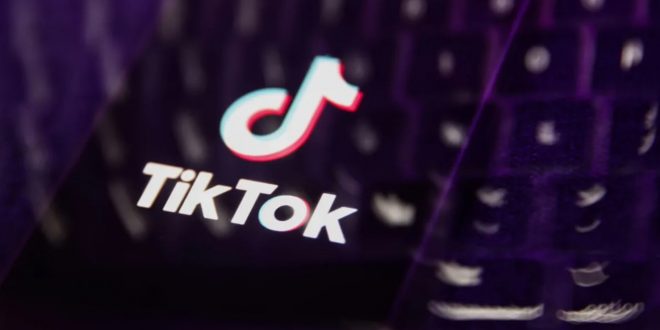TikTok has announced that it will now automatically categorize content created by artificial intelligence (AI) on other platforms. Under this modification, when a creator uploads content on TikTok that was produced using a service such as OpenAI’s DALL·E 3, it will be automatically labeled as “AI-generated” to inform viewers that it was created using artificial intelligence.
The Coalition for Content Provenance and Authenticity (C2PA), which Microsoft and Adobe jointly founded, developed the technology known as Content Credentials, which the social video platform is now using. Content credentials are metadata that are attached to content, enabling TikTok to quickly identify and categorize AI-generated content.
TikTok will implement automatic labeling of AI-generated content uploaded to the platform by attaching content credentials. The update will be implemented on Thursday and will be applicable to all users worldwide in the following weeks.
TikTok will now apply labels to content created on platforms other than TikTok, such as OpenAI’s DALL·E 3 and Microsoft’s Bing Image Creator, that have implemented Content Credentials. This labeling includes both content made with TikTok AI effects and content made on these other platforms. Microsoft, Adobe, and OpenAI have already embraced content credentials, and Google has also committed to supporting content credentials.

TikTok currently mandates creators to disclose the use of AI in their content. However, the company considers the new change an extra measure to ensure proper labeling of AI-generated content and to relieve creators of this responsibility.
TikTok will soon begin adding content credentials to AI-generated content made on the platform with the use of TikTok AI effects. The Content Credentials metadata will encompass specific information regarding the origin and modification process of the AI-generated content. This metadata will persistently accompany the content even after it has been downloaded. Additional platforms that implement content credentials will have the capability to automatically classify the content as being generated by artificial intelligence.
TikTok has made a commitment to label AI content on its own platform and is also striving to ensure accurate labeling of AI content created on TikTok when it is posted on other platforms.
“AI-generated content provides an exceptional avenue for creativity, but ensuring transparency for viewers is of utmost importance,” stated Adam Presser, the head of Operations and Trust & Safety at TikTok, in a press release. “Through collaborating with fellow individuals to categorize material across various platforms, we are simplifying the process for creators to ethically delve into AI-generated content while simultaneously discouraging the dissemination of detrimental or deceptive AI-generated content that is forbidden on TikTok.”
TikTok is claiming to be the first video-sharing platform to incorporate content credentials. It is important to note that Meta declared in February its intention to utilize the C2PA’s solution for incorporating provenance into content.
TikTok announced on Thursday that it is dedicated to fighting against the use of deceptive artificial intelligence (AI) in elections. The company’s policies strictly forbid the dissemination of AI-generated content that is misleading and harmful, regardless of whether it is labeled or not.
 Tech Gadget Central Latest Tech News and Reviews
Tech Gadget Central Latest Tech News and Reviews




